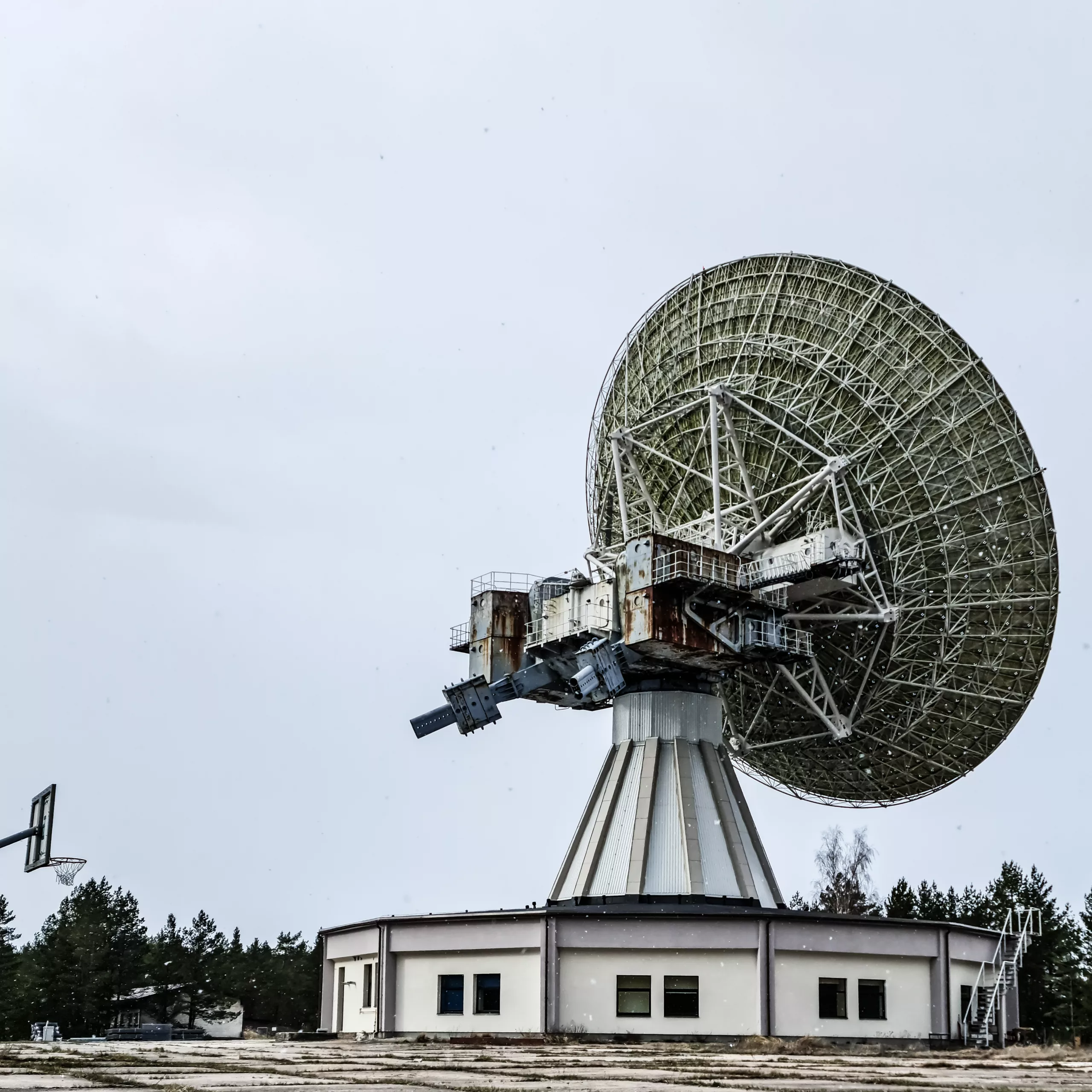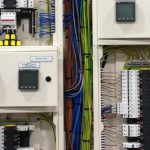
Slot Antenna: A Brief Introduction
A slot antenna, also known as a slot radiator or slotted waveguide antenna, is a versatile and popular antenna designed to transmit or receive radio frequency signals. It consists of a narrow-elongated aperture or slot cut into conductive material like metal. The slot acts as the antenna’s radiating element, producing electromagnetic waves propagating into space. Slot antennas can be designed in various shapes and configurations, including rectangular, circular, or triangular slots. They can also be printed on a circuit board or integrated into larger structures, such as buildings or vehicles’ sides.
Working Principle of Slot Antenna
The slot antenna operates based on the principles of waveguide theory, which is closely related to the RF frequency. It functions as a transmitting and receiving antenna. When an alternating current flows through the slot, it creates an electromagnetic field along slot edges that induces an alternating voltage. Thus, causing the slot to radiate electromagnetic waves. The slot dimensions, i.e., length, width, shape, and size, determine the operating frequency and radiation of the antenna. The slot size is typically a fraction of the wavelength of the desired frequency.
Potential Advantages of Slot Antenna: Opening Doors to Limitless Connectivity and Efficiency
Slot antenna offer several advantages in various applications. Here are some potential advantages include:
Compact Size/Low Profile: Slot antenna can be designed to be compact and low profile. This allows the antenna to mount easily on flat surfaces or is integrated into structures without significantly affecting the overall aesthetics. The antenna’s low profile and small form factor make it a preferred choice for applications with limited space or where visual appearance is crucial.
Wideband Operation: Slot antennas have the potential and can be adjusted for broadband operation, allowing them to cover a broad range of frequencies.
Omnidirectional Radiation: Certain slot antenna designs can provide nearly omnidirectional radiation patterns. This feature makes them suitable for applications requiring uniform or 360-degree coverage in multiple directions.
Low Cost and Easy Fabrication: Slot antennas can be fabricated using simple printed circuit board technology. This results in a cost-effective option and easy integration with other electronic components.
Other advantages include versatility, flexibility, and low cross-polarisation, enabling users to optimise the antenna’s performance based on specific applications.
Applications of Slot Antenna: Engineering the Future
Slot antennas have a wide range of applications, including air traffic control, weather monitoring, and military surveillance. They are commonly used in applications where low-profile or conformal antennas are required, such as:
Wireless Communication Systems: Slot antennas’ compact size, wideband operation, and ease of integration make them suitable for portable devices like smartphones and tablets. They find multiple applications in a great range of wireless communication systems, including Wi-Fi, Bluetooth, and cellular networks.
Radar Systems: Slot antennas play a significant role in radar systems, providing an effective means of transmitting and receiving signals with desirable characteristics. Their applications in radar systems include controlling air traffic, monitoring weather conditions, and more.
RFID Technology: Radio Frequency Identification ‘RFID’ systems utilise slot antennas for tracking and identification purposes. Slot radiators provide efficient and reliable communication between RFID tags and readers.
Satellite Communication: Slot radiators’ wideband operation and compact design enable various applications in satellite communication systems for signal transmission and reception.
Automotive: Slot antennas are integrated into vehicles offering versatile functions. For instance, they are used in automotive satellite radio reception, keyless entry, and tire pressure monitoring systems.
Microwave Imaging/Microwave Ovens: Slot antennas are utilised in microwave imaging systems for medical imaging and security screening. They generate focused and directional beams, resulting in high-resolution imaging and detection. A slot antenna is also employed in microwave ovens to radiate microwave energy into the cooking cavity. These antennas provide efficient and uniform food heating by generating a specific microwave pattern.
Internet of Things: Slot antennas are used in IoT devices and networks for wireless connectivity and communication. They allow easy integration into small and compact IoT devices to enable wireless data transmission and connectivity with other IoT devices or networks.
Concluding Remarks
From wireless communication systems to radar, RFID, satellite communication, and microwave imaging, slot antennas play a crucial role in modern technology. Slot antennas follow a simple operating principle and offer numerous advantages, making them versatile and suitable for various applications. As research and development in antenna technology continue, bespoke antennas are likely to find even more applications in the future.






















Hi to all, the contents present at this web page are in fact amazing for people experience, well, keep up the good work fellows.